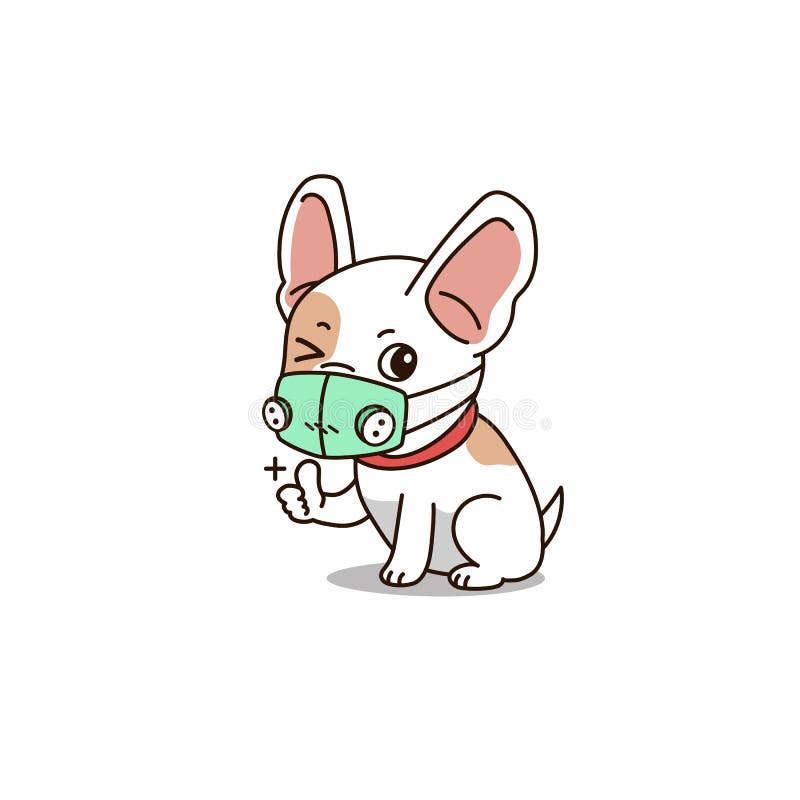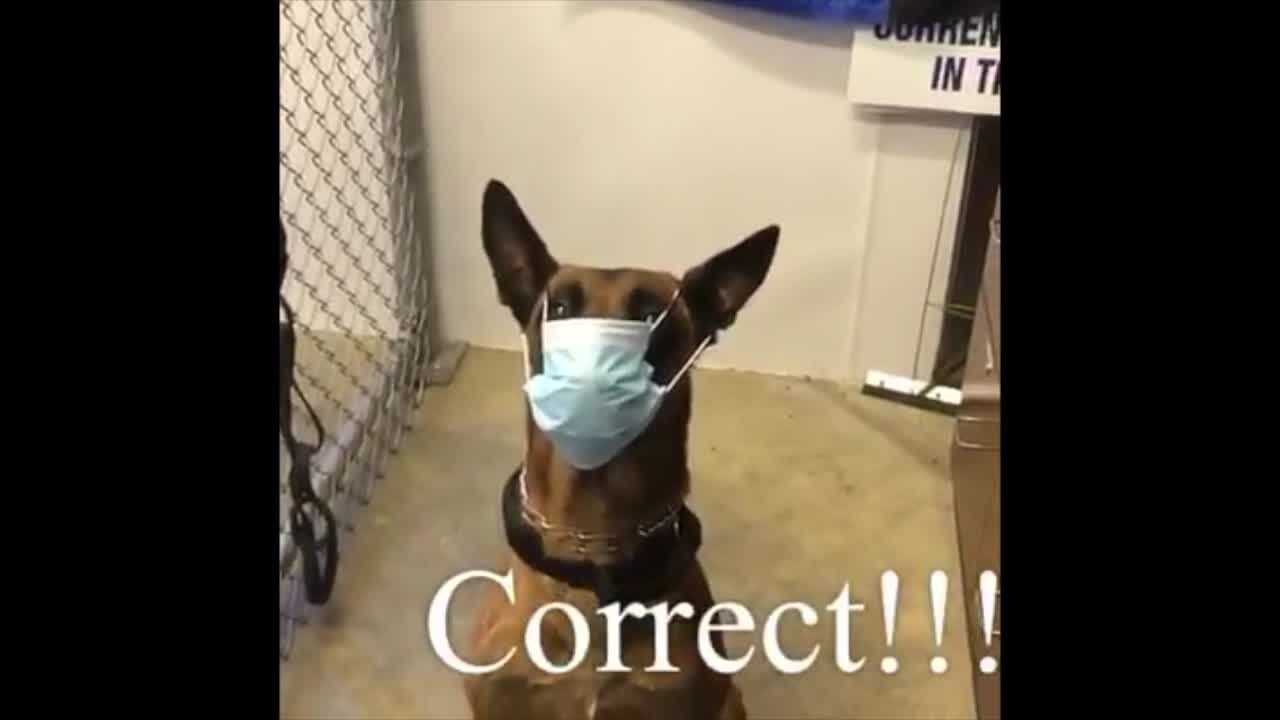

One wild and one escaped mink found near affected farms in Utah were found to be infected with SARS-CoV-2.Ĭurrently, there is no evidence that mink play a significant role in the spread of SARS-CoV-2 to people. Once the virus is introduced on a farm, spread can occur between mink, as well as from mink to other animals on the farm (dogs, cats). Infected workers likely introduced SARS-CoV-2 to mink on the farms, and the virus then began to spread among the mink. However, some infected mink might also appear healthy. In the United States, respiratory disease and increases in mink deaths have been seen on most affected mink farms. SARS-CoV-2 has been reported in mink on farms in multiple countries. SARS-CoV-2 has been reported in farmed mink worldwide. Currently, there is no evidence that mink are playing a significant role in the spread of COVID-19 to people. Interim recommendations for intake of companion animals from households where humans with COVID-19 are present external icon.

#Dog from the mask how to
states.įor information on how to protect pets and animals:


They may represent the now extinct Tepescuintli breed, a dog once raised for both food and companionship in Mesoamerica, and physically similar to the present-day Xolo or Mexican Hairless ( Xoloitzcuintli). Red-slipped, hollow clay effigies of short-legged, hairless, fattened dogs are numerous in Colima funerary art. It is believed that many of these ceramic vessels were included among funerary goods of the elite.ĭogs have great importance throughout the ancient Americas and are commonly depicted in mythical stories and in various artistic representations. This region is known for a wide variety of sculptural styles from multiple cultural groups that inhabited this area of Western Mexico, though it is best known for its distinctive ceramics. This ceramic dog is from Late Preclassic (Late Formative) Colima. The preclassic cultures of West Mexico occupied the modern states of Jalisco, Nayarit, and Colima, where artisans produced a variety of ceramic figures in distinctive regional styles.


 0 kommentar(er)
0 kommentar(er)
